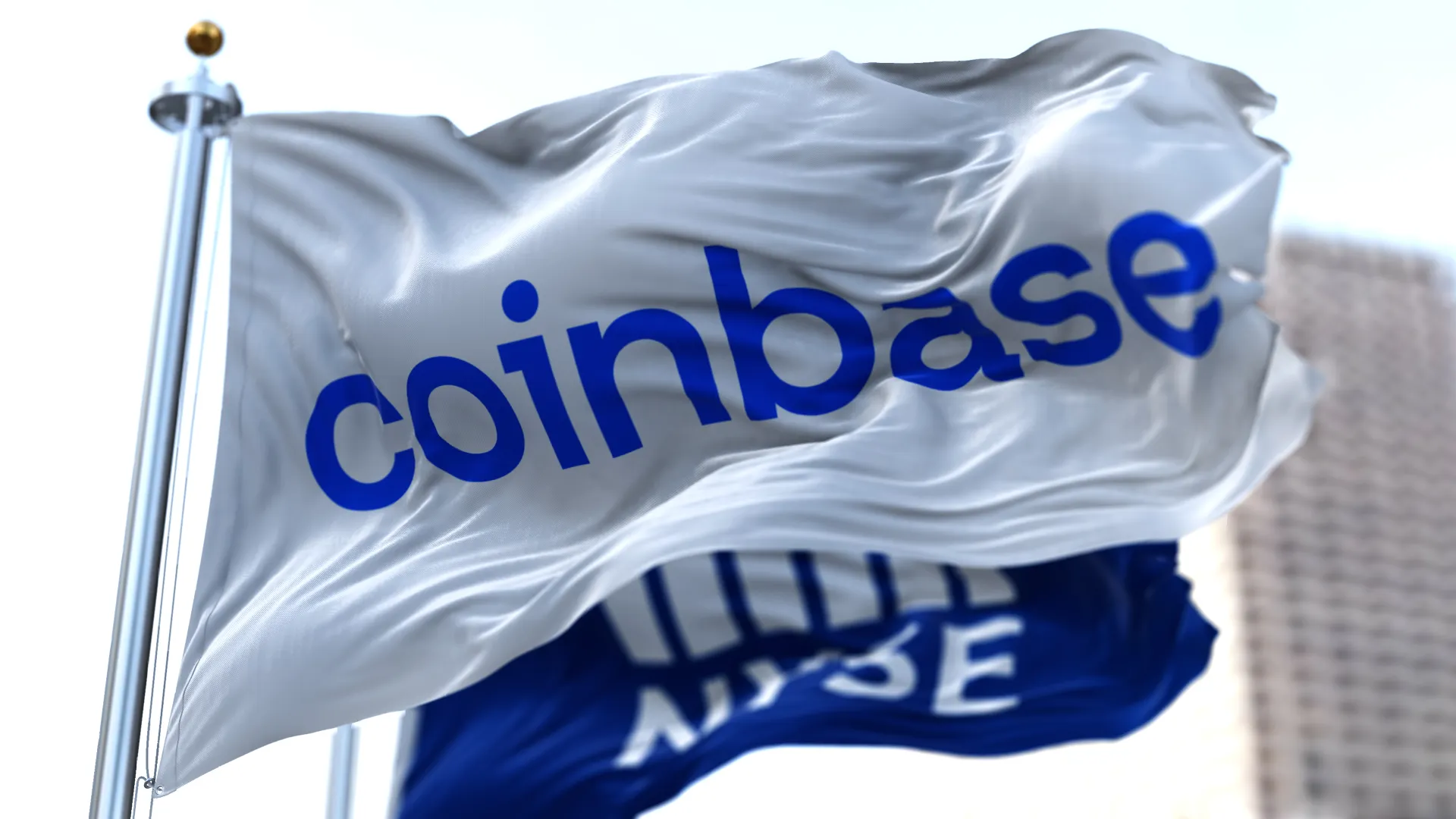Cantor Fitzgerald analysts initiated coverage of Coinbase with an "Overweight" rating and price target of $245, arguing on Tuesday that Wall Street has overlooked how the crypto exchange’s stablecoin relationship with Circle dovetails with its Ethereum-based network.
“We view both of these segments as being instrumental in changing the narrative surrounding COIN, from being a cyclical crypto trading platform to being a mission-critical infrastructure layer of the crypto economy,” Brett Knoblauch and Thomas Shinske wrote in an 84-page report.
COIN is currently trading hands at approximately $150, down nearly 5% on the day and 12.5% over the last week amid a market-wide dive triggered by President Trump's growing trade war.
Coinbase earns revenue from reserves backing Circle’s $60 billion USDC stablecoin, based on a private commercial agreement with the firm, while users routinely pay sub-cent transaction fees to Coinbase on a layer-2 network it developed called Base.
In 2024, the company’s main source of revenue came from charging fees on transactions, mostly within its centralized trading platform, totaling $3.9 billion, according to a Securities and Exchange Commission filing. Full-year stablecoin revenue meanwhile came in at $910 million, up from $694 million in 2023.
Stablecoin legislation being weighed on Capitol Hill could establish a pathway to legality for firms like Circle across the U.S. Despite competition from potentially thousands of firms, Cantor Fitzgerald analysts believe that Circle will maintain its share of the overall stablecoin market.
If the market for stablecoins exceeds $2 trillion by 2035, then Coinbase’s stablecoin revenue could increase 5-10x, depending on bond market conditions, the analysts wrote.
According to Cantor Fitzgerald analysts, Coinbase said in 2023 that it would start receiving “100% pass-through interest on USDC held on its platform,” while splitting interest income from USDC held elsewhere evenly with Circle.
“As USDC becomes more widely adopted, new USDC will be minted, and USDC’s market cap will grow,” the analysts wrote. “If the balance of USDC owned by users then increases on Coinbase’s platform, COIN should be able to generate more stablecoin revenue.”
Coinbase shares surged after U.S. President Donald Trump’s White House win in November but have since given up their post-election gains. On Tuesday, Coinbase’s stock was trading hands around $154, down 38% year-to-date, according to Nasdaq.
Base launched in the third quarter of 2023, and it has steadily become a dominant hub for developers and users. Over the past 30 days, Base has seen 17 million active addresses, according to the layer-2 analytics platform GrowThePie. Arbitrum, the second-most popular layer-2 network, has seen 5.3 million active addresses during that span.
Because Coinbase users can easily move their funds to Base from the exchange, Cantor Fitgerald analysts believe that continued developer activity creates a flywheel. As Base sees more users, developers create more applications, and the result is more transaction fees.
Coinbase operates a sequencer for its layer-2 network, which is responsible for ordering transactions, bundling them, and posting them in bulk to Ethereum’s mainnet.
In the fourth quarter of last year, Coinbase said $68 million in “other transaction revenue” was “largely driven by higher sequencer revenue on Base” in a shareholder letter.
Alongside user growth, Cantor Fitzgerald analysts expect the value of assets held on Base to surge as regulators like the SEC grow more comfortable with tokenization. The process refers to representing real-world assets like stocks and bonds with digital tokens.
The value of tokenized assets could reach $2 trillion by the end of the decade, according to a report from the global management consulting firm McKinsey.
Even though the SEC shut down Coinbase’s efforts to tokenize securities in 2020, Coinbase CFO Alexia Haas said in March that the firm was talking to the regulator about tokenization again, Cantor Fitzgerald analysts noted.
Edited by Andrew Hayward

